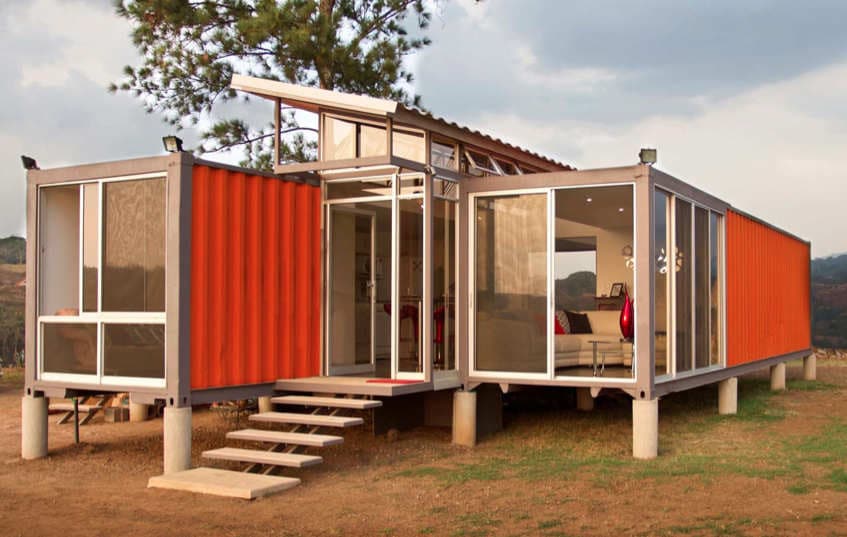Shipping container homes are becoming more widespread, and many people choose to live in a container house rather than a traditional one. There are many reasons for this, and some of them include affordable price, quick construction, durability, and mobility. Yet, when it comes to shipping container homes, things aren’t as simple as they might seem at first, and there are many aspects you need to be aware of before constructing your new container home. This article will help you with that by revealing the most useful tips to know before building a shipping container home.
Choose The Shipping Container Type
Shipping containers come in various types, shapes, and sizes, and each type has its function. For instance, reefer containers are used for transporting food and other products that require cold storage, and they come with insulation already installed. Or tunnel containers with broader storage space and a double door that make unloading more effortless, are just some of the many container types you can choose from. When selecting a container for your home, make sure to get the most appropriate one for your needs, but most importantly, choose a container in good condition.
Insulation Is Crucial
You can’t just move into the steel box and call it your home. Instead, you need to add high-grade insulation to make that steel box suitable for living. Just try to imagine what it’s like without adequate insulation, how hot it gets during the summer, or how cold it gets during the winter.
Other than keeping the optimal temperature, insulation will soundproof your new home, prevent condensation, which can cause structural damage, and reduce heat loss so you’ll end up saving money in return. Since there are many different types of insulation, you need to know which type you should get, how much material you’ll need, and much more. So, check out the shipping container insulation 4 less blog post where you’ll find all the answers to your questions regarding insulation.
Research The Local Laws and Regulations
Whether you’re building a traditional or shipping container house, it’s always essential to know the local laws and regulations regarding construction. The last thing you’d want is to pay some tremendous fines or even worse, be forced to take down your house because it doesn’t meet the standards.
To avoid this and similar disasters, simply head out to the local planning office before planning the construction, to ensure that everything is according to the laws. However, you should keep in mind that since shipping container homes aren’t that common, you might have to be more convincing to get permission.
Leave Space for Plumbing and Wires
When planning and designing your shipping container home, make sure to know precisely where you want to position all the plumbing and wires, how much space you’ll need, and where you need to cut holes. Engineering analysis and visualisation can be provided through 3D modelling services to improve the accuracy of the development process.
Once you’re certain about this, you’ll be ready to move on and plan all the next elements of your new home. Besides, this is a much better option than moving around your furniture and other items because you forgot to cut a hole for plumbing or wires.
Stick To the Plan
The thing about shipping containers is that once the steel is cut out, it’s gone forever. Not to mention that any change you want to make will cost you additional time and money, and cutting too much will affect the structural integrity of the container home, so you’ll need to add the steel beam for support. We can’t stress enough how crucial it is to stick to the design plan and avoid making last-minute changes at all costs. If necessary, you can hire a professional to produce the 3D model of your shipping container home so you’ll be 100% positive about its design.








